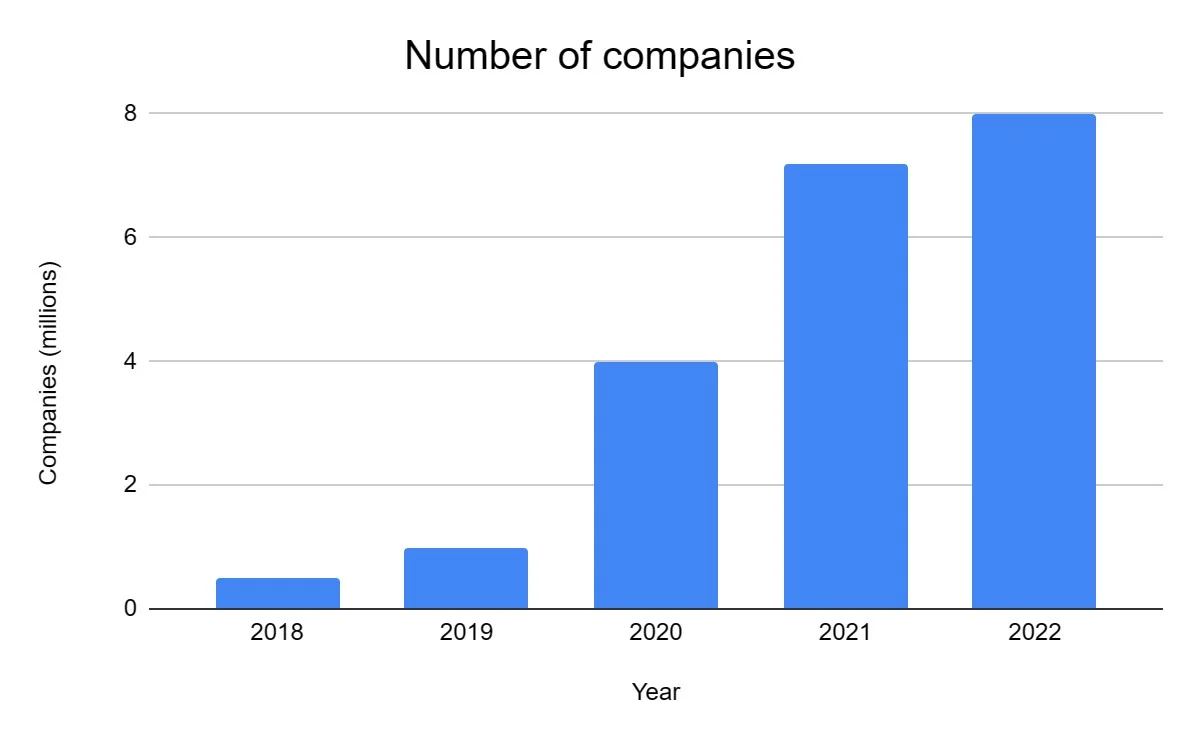Enables inventory control by tracking item quantities and location, offering a complete picture of current and incoming inventory and preventing stock-outs and delays. The module can also compare sales trends with the available products to help a company make informed decisions, boosting margins and increasing inventory turn. A digital certificate is an electronic “credit card” that establishes your credentials when doing business or other transactions on the Web. Digital certificates can be kept in registries so that authenticating users can look up other users’ public keys. Enterprise application software can handle large amounts of data with a high level of precision.
In order to operate efficiently, companies are seeking ways to improve their business processes. Increasingly, companies are looking toward technology, such as enterprise systems, for solutions that improve their workflows and customer service process. Enterprise systems are large-scale software packages that are able to track and control all of the complex operations of a business.
The Role of an Account Manager in a Technology Company
Enterprise systems can help streamline supply chain management, in large part through the use of data about where, when, and how customers order and suppliers deliver. This again emphasizes the importance of storing business data in a usable format. Ultimately, the ability to streamline the supply chain means that products are delivered to customers more reliably, and at a lower cost, than would otherwise be possible. Business environments are always changing, and that means that waiting months for data is simply no longer feasible.
- Because a Digital Certificate uses and supplies us with the tools of cryptographic technology, it provides us with the ability to digitally sign documents or transactions, or to verify the signatures of others.
- We have described the CRM and SCM modules above and are going to take a closer look at the remaining ones.
- A partial upgrade of an already used ERP system can be a suitable solution if you have a limited budget and already established business processes.
- Enterprise systems may also enable a business to reduce the cost of information technology and minimize the manual input of data.
- We offer a wide range of services, including cloud services, network security, server management, cabling services, mobile device management, among other services.
- Many of these are directly related to shipping warehouses and large-scale commerce businesses.
Automation saves time, which can then be used towards efforts to respond to customer requests for product information and to forecast for new products. If employees are spending less time on tracking down a customer’s order, they can spend more time developing long-lasting, profitable customer relationships. Businesses implement Enterprise Resource Planning (ERP) to integrate procurement, finance, accounting, marketing, and human resources processes.
Enterprise Resource Planning (E.R.P.) Systems
Marketo offers highly effective automation and lead generation tools, as well as instruments for enhanced customer communication and the creation of unique promotional campaigns. Predictive analytics based on artificial intelligence helps create personalized content for each customer. Salesforce is one integrated CRM platform that lets all departments in a company share data on clients. It is enhanced with robust reporting instruments, automation, user-friendly communication and reliable support. Building an ERP from scratch can give you a competitive advantage over organizations that use standard ERP functionality. Such software can be flexibly customized and changed over time to reflect the growing needs of the business.

One of the benefits of enterprise management systems is that much of the data these regulations require can be collected through automated means. Thus, enterprise systems can be used to ensure compliance with increasingly onerous federal regulations without taking personnel away from their essential customer service functions. For example, enterprise resource planning supports the entire sales process that includes pre-sales activities, sales orders, inventory sourcing, deliveries, billing and customer payments. Enterprise resource planning, supply chain management and customer relationship management systems are each examples of enterprise systems.
Describe three types of enterprise systems.
These systems can replace multiple independent systems that may or may not interact with other systems and that process data to support particular business functions or processes. Each enterprise software solution is designed for a specific business goal and offers different functionalities. The major players in this market are SAP AG, Oracle Corporation, Microsoft Corporation, Infor Inc., Kronos Incorporated, and IBM Corporation. When deciding on the choice, make sure the solution complies with strategic planning and the major goals of your organization and suits you in terms of the cost of implementation and, above all, maintenance. We have described the CRM and SCM modules above and are going to take a closer look at the remaining ones. This software efficiently manages supply chain activities such as product development, production, material sourcing, as well as information systems that coordinate these activities.
It can also further analyze these statistics to draw valuable insights which can help your business improve customer relationships and overall consumer engagement. An EMS is a software package that supports the different needs of complex organizations. This software enables personnel to manage multifaceted businesses whose infrastructures and applications are often dispersed geographically. ERP software solutions connect business processes and provide data exchange between them. Collecting the enterprise’s common data flow from multiple sources, such systems eliminate data duplication and ensure information integrity within a single source.
What to Look for in a Business Management Solution
This also means that if less IT capabilities are needed for any reason, those same services can be scaled down. These flexible solutions allow a company to control costs while continuing to meet their customers’ needs. The key objective of SCM systems is to enable businesses to efficiently track the flow of goods and services from suppliers to customers. Supply chain management systems can also automatically track when raw materials are required and send orders to suppliers autonomously.

The addition of automation to the balance scorecard implementation assists in transferring information into knowledge and pushes the information through the system. OpenPro offers business software solutions for every company looking for more value and more features from their ERP solutions. Since 1998 we have been delivering Web-based ERP software solutions to small and mid-sized companies, and international enterprises.
What are Enterprise Management Systems Usually Used For?
Given that the different functions integrated into an EMS system can draw from each other, businesses can streamline their processes and enhance collaboration across various teams, which in turn will create efficiencies. An Enterprise Management System (EMS) is a software package that supports the various requirements of complex organizations. The software allows personnel to manage multifaceted companies whose infrastructures are often scattered geographically. Nowadays, use of technology through automation is becoming a necessity for company’s who want an effective scorecard process implemented. In step seven, automation, performance measurement software is applied so that managers and knowledge workers get the information they need when they need it.
Customer Relationship Management boils down to customer service in most scenarios. Software built for customer relations has a main goal of keeping businesses connected to customers. Customer Relationship Management software can also be related to human resource management.
Resources for YourGrowing Business
Karl has also collaborated with respected publications in the manufacturing field, including IndustryWeek and FoodLogistics. EMS covers all the critical business
functions in one package, transferring information from one section to another quickly
and what are the three primary types of enterprise systems accurately. Someone who wants to send you private e-mail can use your public key to encrypt the message. When you get the e-mail, your computer checks to see if the public key used to encrypt the e-mail is a valid match with your private key.






